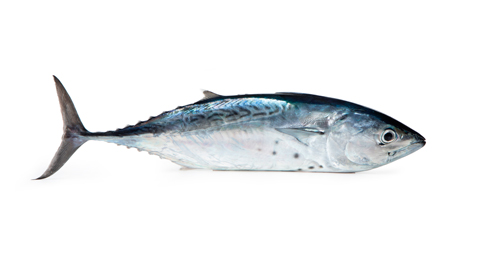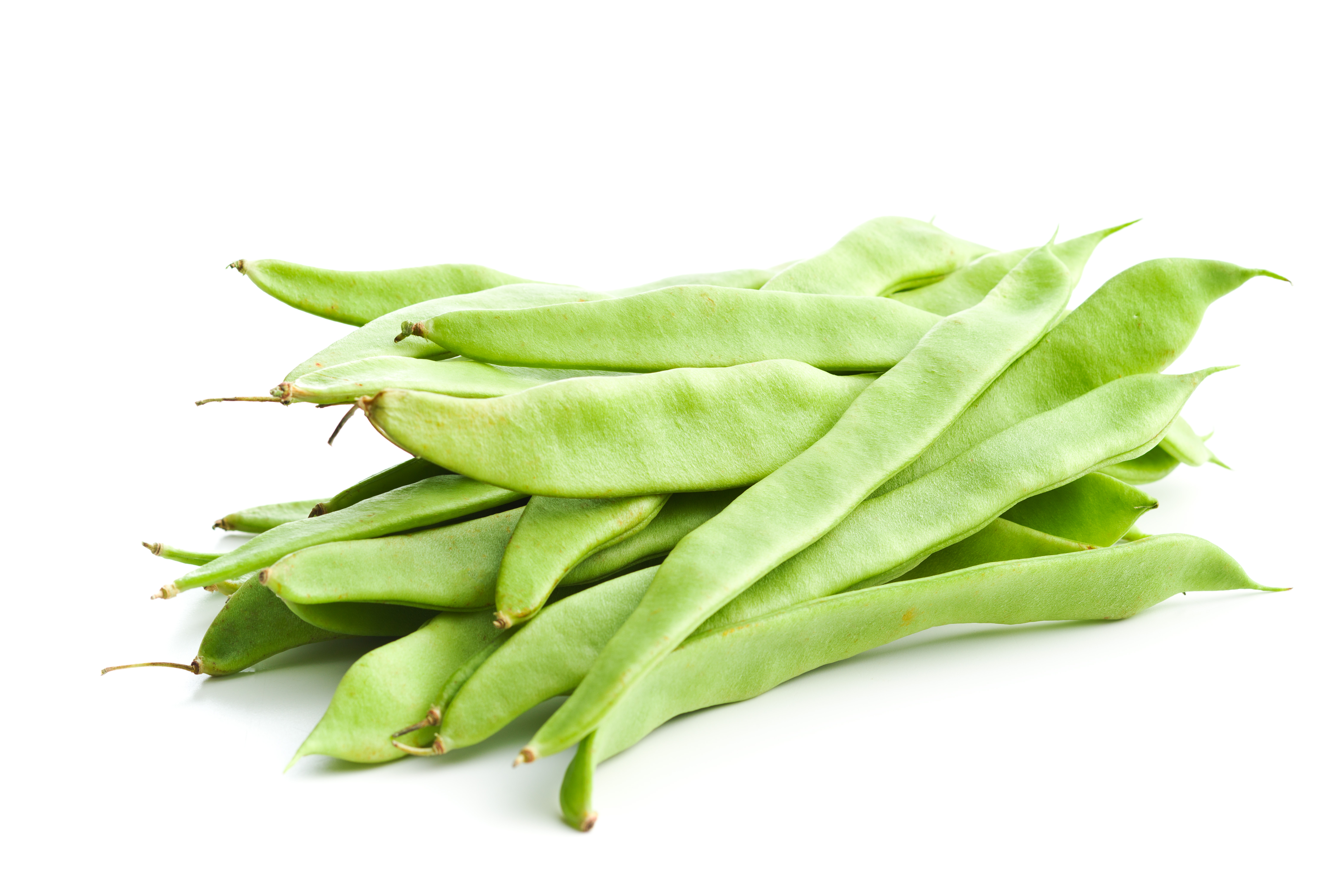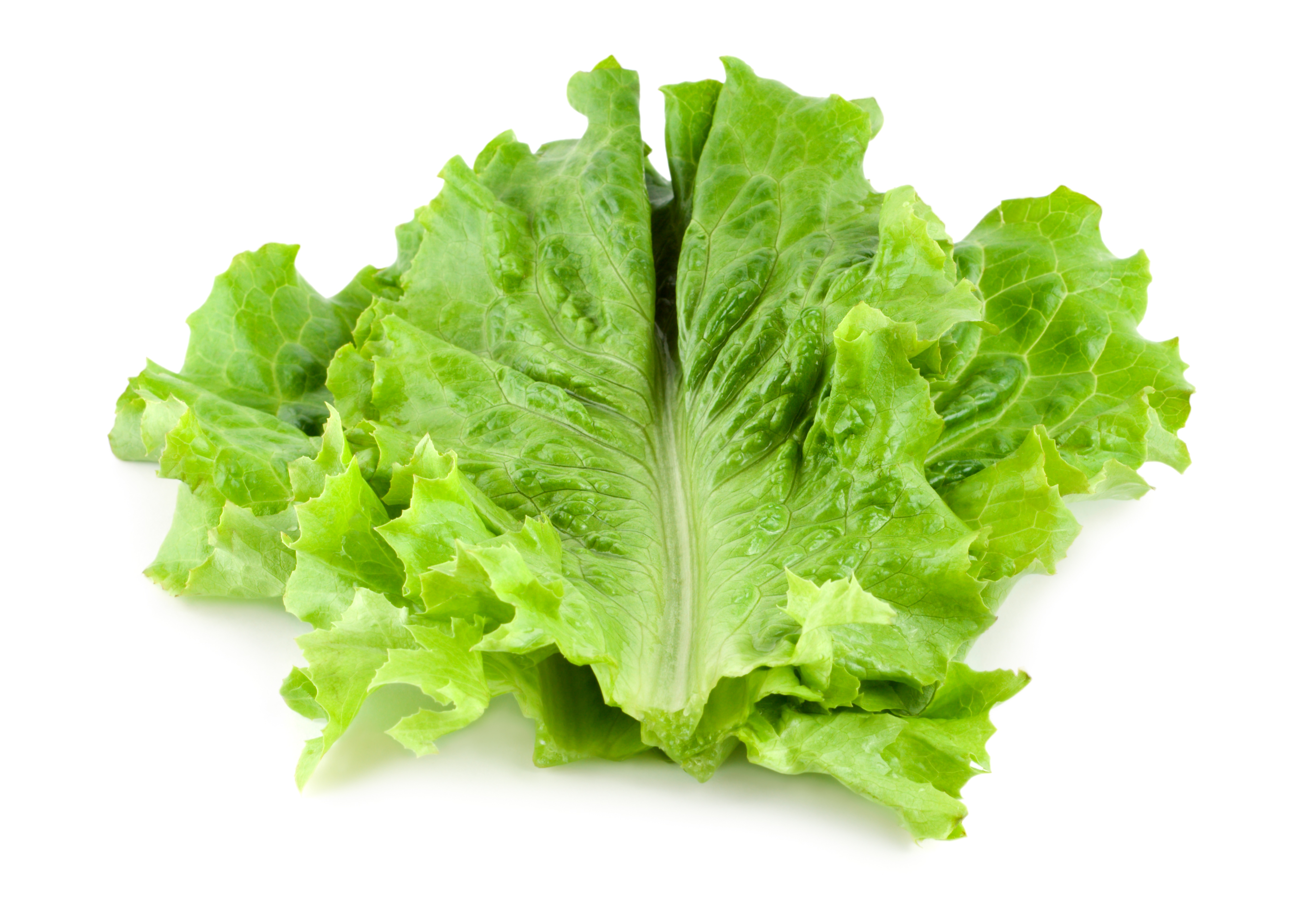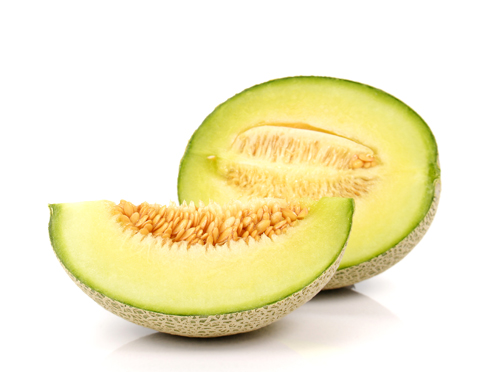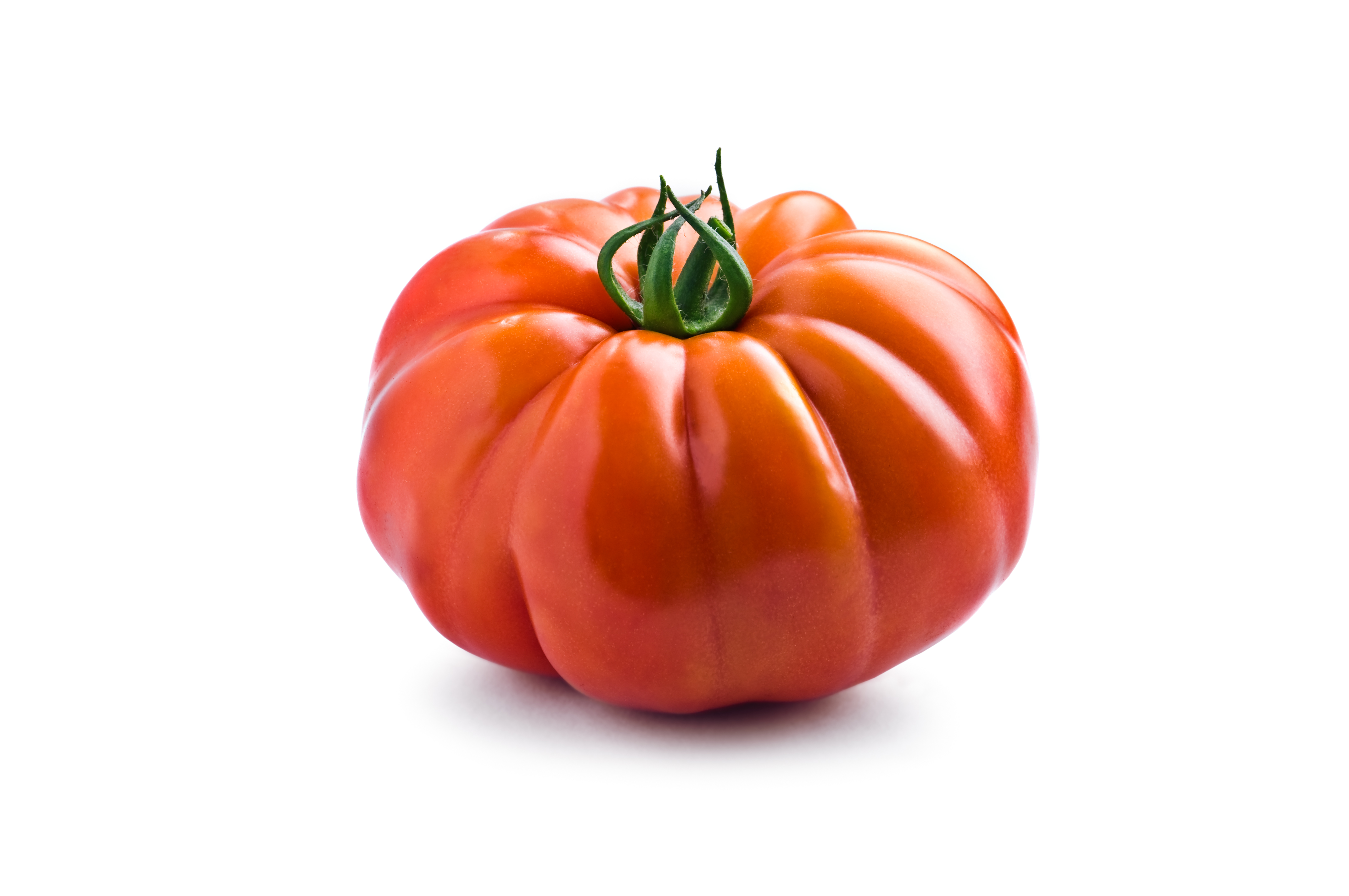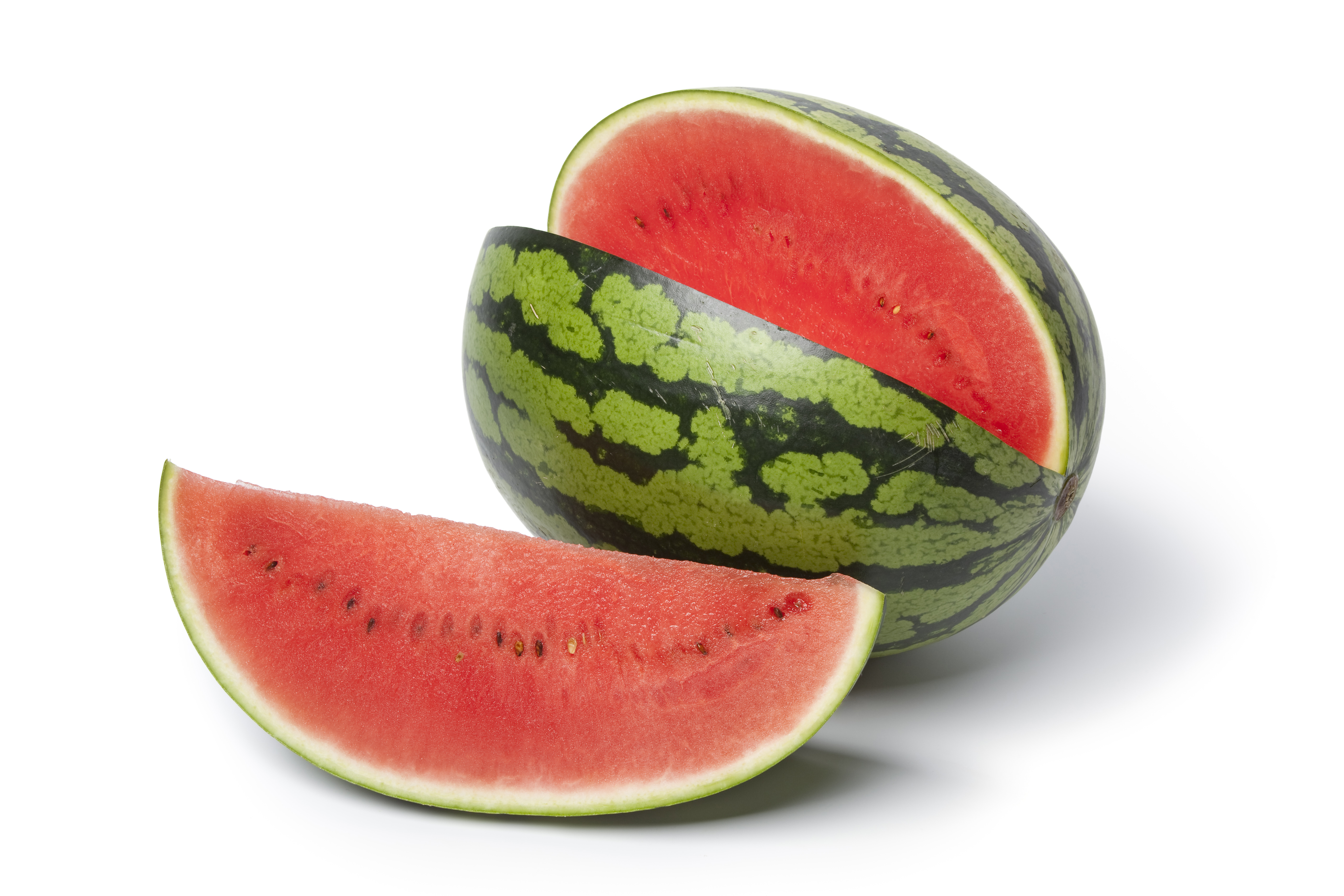The atlantic pomfret or ray's beam
The Atlantic pomfret is a little-known fish but common on our shores. It is a local fish and recommended for consumption, not just because of its taste and affordable price but also because consuming it will help with to recover and reverse the over-exploitation of other, more commercial species that are in danger from over-fishing.
The species is usually available throughout the summer. It is a semi-fatty fish, with firm flesh, and is normally fished with fishing lines. Neither trolling or trawling works well.
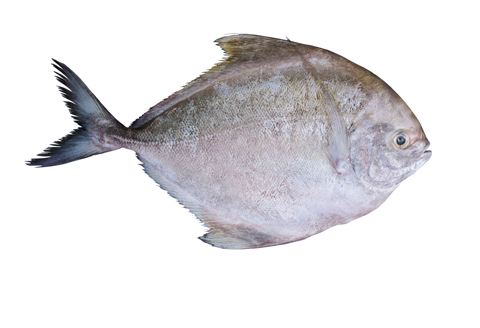
-
We recommend you buy Atlantic pomfret from a fish monger at the market, cut into fillets or slices. It is normally an economical fish, as so much of it can be used. Like all other fish, you need to buy it fresh, when its eyes are shiny and it smells like the sea.
-
Atlantic pomfret may be ugly to look at but it is good and tasty. The firm texture of its flesh means it can be cooked in several ways, the most usual being fried or baked with your preferred garnish, such as potatoes or greens.
-
It is a semi-fatty fish, so it contains omega-3 fatty acids. It has a higher level of protein than that found in other fish. Atlantic pomfrets are rich in various types of vitamins: A and D and especially B12. It also has a high mineral content, including selenium, phosphorus, magnesium and potassium.
-
Little known, but common on our shores and in the summer, the best is to bake it in the oven, accompanied with potatoes, onions, tomatoes and Mediterranean herbs, such as fennel. To make the most of it, make a stock with its leftovers, head and bones, first lightly frying them in a saucepan, then adding water and the rest of the herbs and greens. Carefully separate the bones for the stock, which you can use for making fideuà or paella or as a base for another dish.



